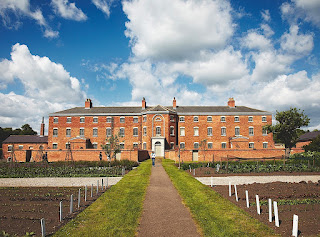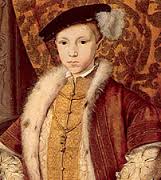Were all Workhouses a Bad Place?
 |
| A Workhouse |
Charles Dickens writes negatively about Workhouses, saying that they are awful places run by greedy masters who starve the residents. In his book "Oliver Twist" he describes the fictional orphan- Oliver- pleading the the master for more food but receiving nothing but a harsh punishments. However James Howard, a resident of Swansea's cottage homes (a branch of the Workhouse), went on from the home with a scholarship, attended Cardiff University, later becoming a church minister. He wrote fondly to the matron of his cottage home in his later life. This post will explore whether or not Workhouses were bad and why.
 |
| Oliver Twist |
The Traditional Workhouse
For those who could not afford the basic necessities for whatever reason, and had been forced to move into the Workhouse, life was not as bad as it would have been if they had not moved. The government funded institutions provided the residents with free clothing, free medical care, accommodation, food as well as basic schooling for the children and they generally offered the youth and abled bodies apprenticeships. Although the food was not at all nutritious and it was basic and cheap as well as the same each day, it kept them alive. The inmates also completed very important jobs even if they were not the most pleasant, such as making gravel and also picking ropes, they did this without fuss, partly because they were desperate but also because they would more than likely be punished if they didn't. The Workhouse also gave the young people experience in occupations and in some cases actual jobs!
On the other hand due to the huge amount of residents and also the lack of medicine in Victorian Britain, diseases spread quickly causing epidemics to break out. Living conditions were a lot of the time unhygienic and the clothing was basic and not very sanitary. As I have also mentioned, food was not very healthy, usually a broth of oats and water or potatoes and bread and water. Families were separated because men, women and children were accommodated in different sections in order to keep them concentrated on their work and not distracted by the opposite gender.
Cottage Homes
 |
| A Cottage Home |
Barnardo's
Dr. Thomas Barnardo did not like nor did he think that the Workhouses were suitable places for children to grow up in and so in 1867 onwards, he established children's homes with appropriate facilities and carers. Bernardo's is a children's charity that is still active today.
Whether you think that Workhouses were bad or not depends on what you have read and what you have been brought up to think. But to be absolutely honest, it more than likely depends on what institution you look at to whether it was bad or not, therefore saying that they were all bad is stereotyping Workhouses.
Sources:
~ BBC History Magazine March 2017 Issue: Victorian Pauper children p.g: 24- 27
~ Primary Homework Help: Victorian Workhouses



Please spell Dr Barnardo's name correctly.
ReplyDeleteThank you for correcting us, do you have any positive feedback for two teenage students?
Deletehmmmmmm work houses were the direct result of laws criminalising poverty
ReplyDeleteall the while many wealthy people were becoming even more wealthy thought those poor people and stealing land resources etc
and these views of poor people are still a major issue today